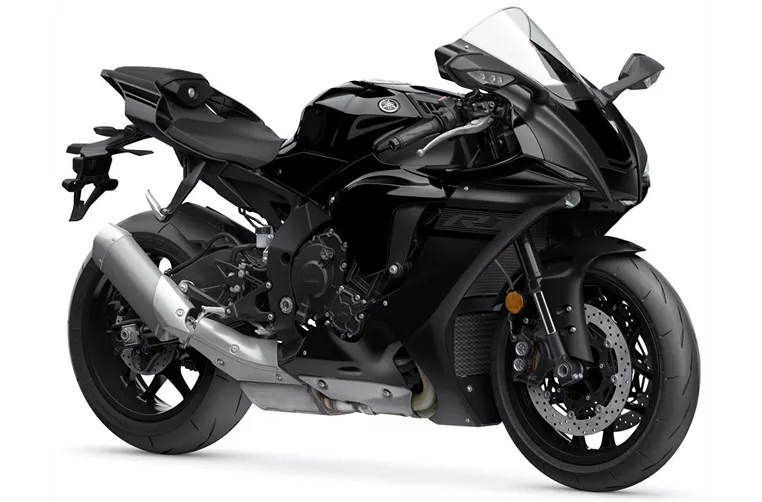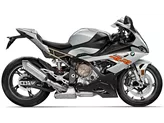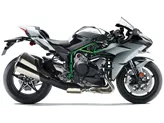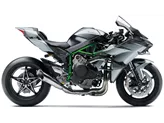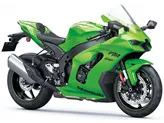Kawasaki Ninja H2 2015 vs. Yamaha R1 2020

Kawasaki Ninja H2 2015
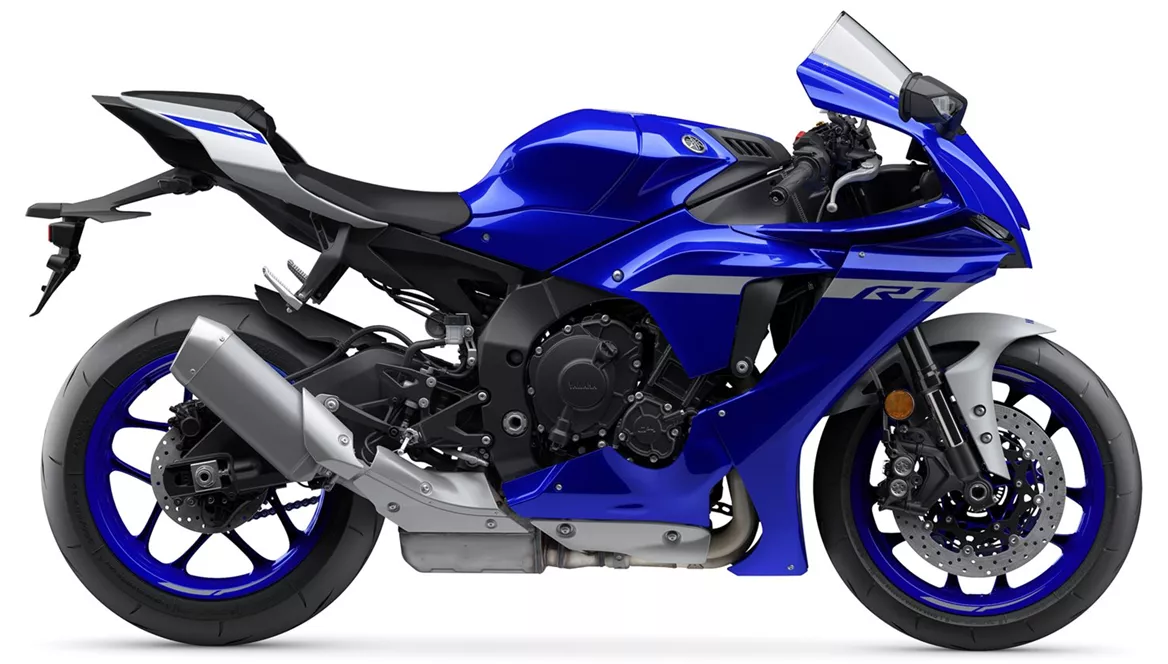
Yamaha R1 2020
Overview - Kawasaki Ninja H2 2015 vs Yamaha R1 2020
The Kawasaki Ninja H2 model year 2015 and the Yamaha R1 model year 2020 are both high-performance supersport motorcycles that offer impressive power and performance. While they share some similarities in terms of engine specifications and features, there are also notable differences between the two.
Starting with the engine and drive train, both motorcycles have a 998cc engine with four cylinders and four valves per cylinder. The Kawasaki Ninja H2 has a bore of 76mm and a stroke of 55mm, while the Yamaha R1 has a slightly larger bore of 79mm and a shorter stroke of 50.9mm. Both motorcycles have an engine power of 200 HP, but the Kawasaki Ninja H2 has a higher torque of 133.5 Nm compared to the Yamaha R1's torque of 112.4 Nm. The compression ratio of the Kawasaki Ninja H2 is 8.5, while the Yamaha R1 has a higher compression ratio of 13.
In terms of suspension, the Kawasaki Ninja H2 2015 features a telescopic fork front suspension, while the Yamaha R1 2020 is equipped with an upside-down telescopic fork front suspension. Both motorcycles have double disk front brakes and 17-inch front and rear tires. However, the Yamaha R1 has a slightly narrower rear tire width of 190mm compared to the Kawasaki Ninja H2's 200mm rear tire width. The Yamaha R1 also has a slightly shorter wheelbase of 1405mm compared to the Kawasaki Ninja H2's 1455mm wheelbase.

Kawasaki Ninja H2 2015
When it comes to the chassis, the Kawasaki Ninja H2 2015 has a steel frame, while the Yamaha R1 2020 features an aluminum frame. The Yamaha R1's frame type is a Deltabox, which is known for its stability and rigidity.
In terms of dimensions and weights, the Yamaha R1 has a higher seat height of 855mm compared to the Kawasaki Ninja H2's seat height of 825mm. The Yamaha R1 also has a lower kerb weight of 199kg with ABS, while the Kawasaki Ninja H2 weighs slightly more at 238kg with ABS. Both motorcycles have a fuel tank capacity of 17 liters.
In terms of strengths, the Kawasaki Ninja H2 2015 is praised for its outstanding build quality, fascinating engine with a mechanical turbocharger, and impressive pull, acceleration, and speed. It also offers a narrow seat that ensures safe standing, even for smaller riders, and provides great stability. The motorcycle inspires a lot of confidence despite its high performance and features strong brakes and high-quality details.
On the other hand, the Yamaha R1 2020 is praised for its powerful engine with clean response and a great but not intrusive sound. It also offers a stable chassis, high-quality electronics, and a wonderfully noble overall impression.
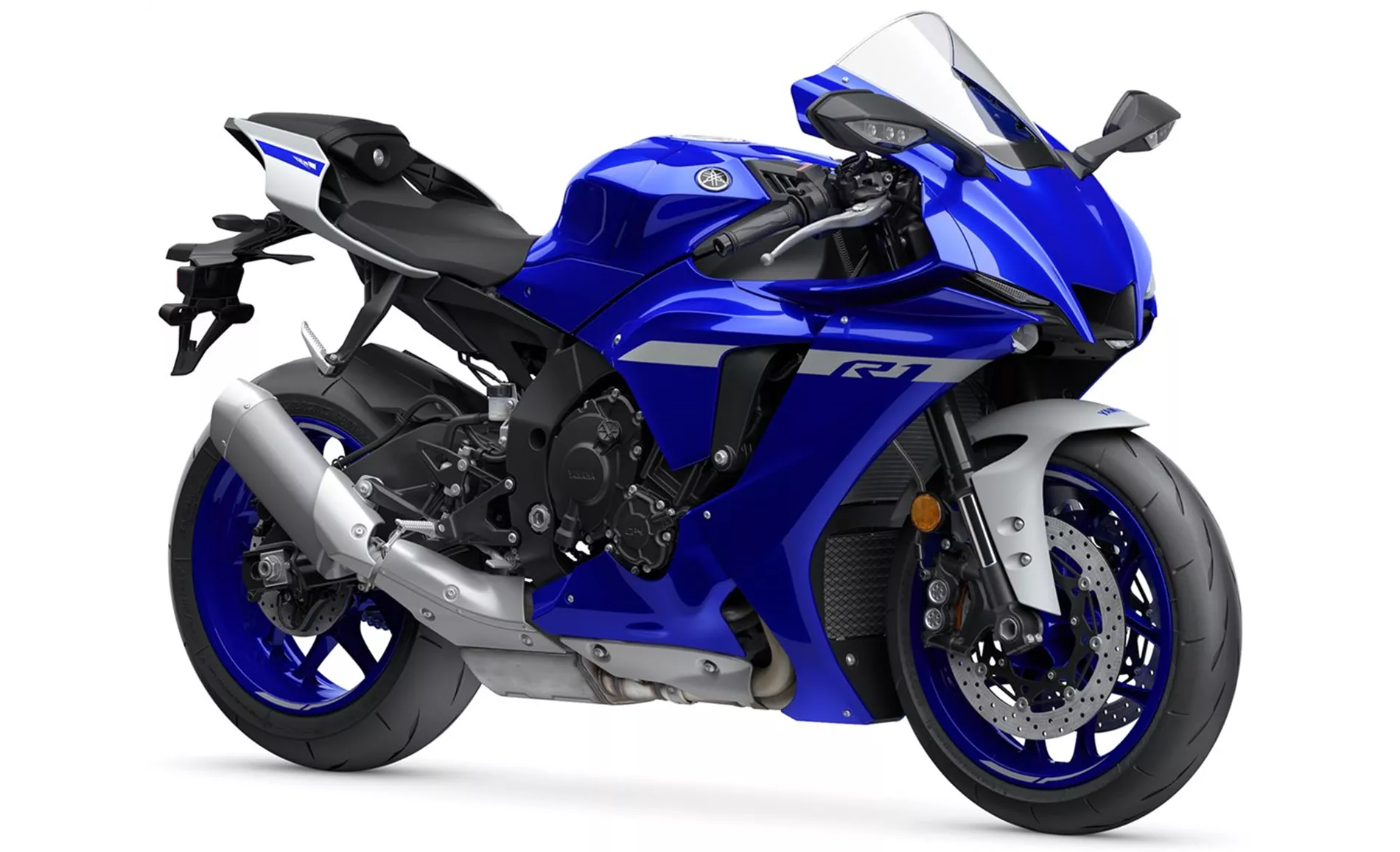
Yamaha R1 2020
However, there are also some weaknesses to consider. The Kawasaki Ninja H2 2015 has been noted to have response behavior in the transition from pushing mode to acceleration phase that is not at the level of "normal" motorcycles. It also experiences understeer in fast bends, and taller riders may find it difficult to integrate their feet into the overall aerodynamic concept.
The Yamaha R1 2020 has been criticized for its brakes not being 100 percent satisfactory on the race track.
In conclusion, both the Kawasaki Ninja H2 2015 and the Yamaha R1 2020 are impressive supersport motorcycles with their own strengths and weaknesses. The Kawasaki Ninja H2 offers a unique engine with a mechanical turbocharger and great stability, while the Yamaha R1 provides a powerful engine, stable chassis, and high-quality electronics. Ultimately, the choice between the two will depend on individual preferences and priorities.
Technical Specifications Kawasaki Ninja H2 2015 compared to Yamaha R1 2020
Pros and Cons in comparison
Pros and Cons in comparison
Kawasaki Ninja H2 2015

The Ninja H2 represents a milestone in motorbike history. It is not only packed with electronic innovations, but also offers completely new technologies in terms of engine construction and mechanics. This high-tech research object of a Japanese technology company is actually for sale and can also be ridden. Basically, it rides like a normal motorbike, only with considerably more power. At first, the engine response is a challenge, but speed freaks will find a way to ride and enjoy this fascinating motorbike.
Yamaha R1 2020
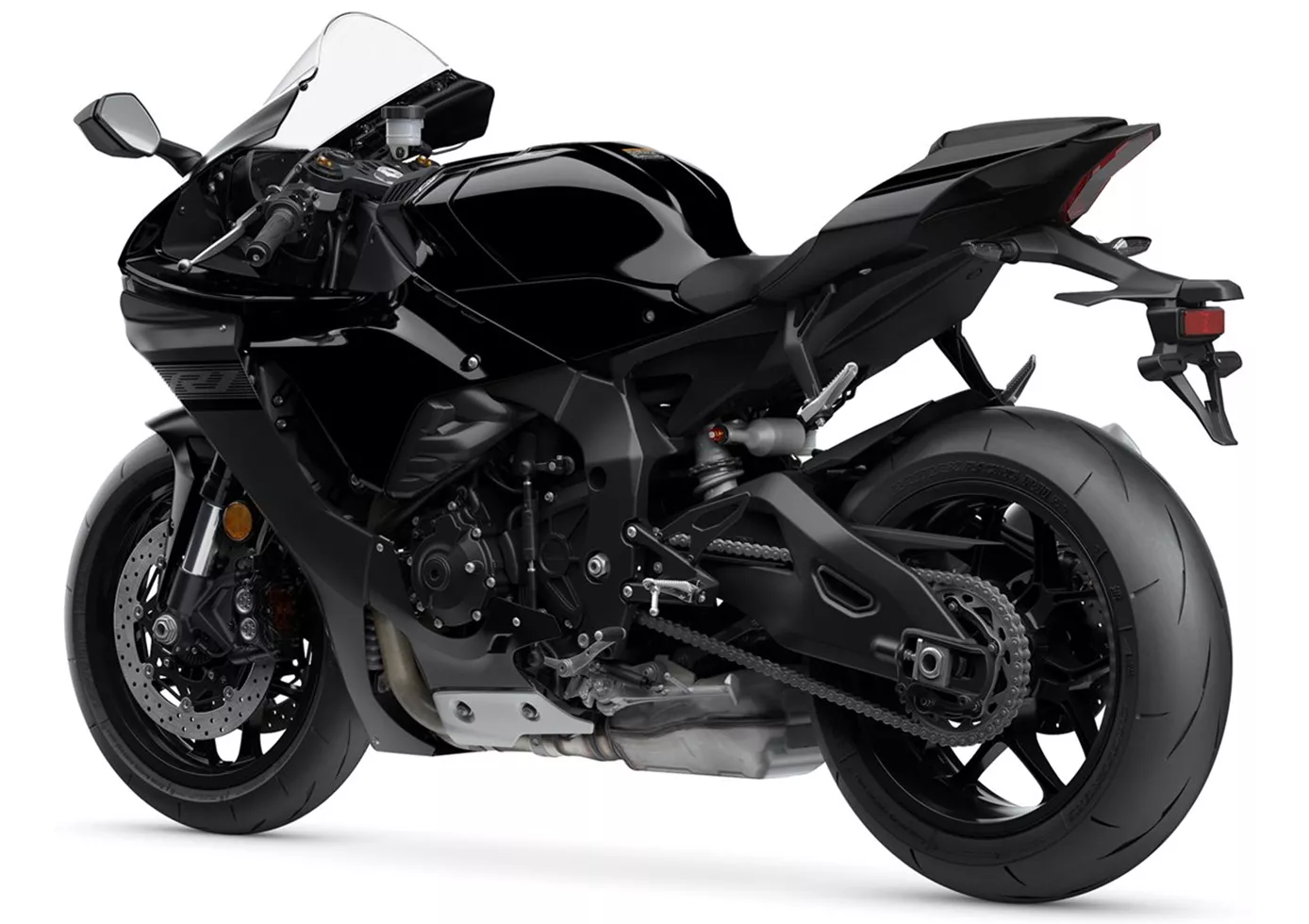
The Yamaha YZF-R1 is mature and makes countless racetrack pilots happy. The engine shines with lightness and agility, the seating position surprises positively and the handling is radical but still "suitable for the masses". The machine immediately stands out visually and also because of the heart-warming sound. Especially on the country road, the bike scores with its well-known strengths: great engine, great electronics, great package! A real pleasure to ride!
Price Comparison Avarage Market Price Kawasaki Ninja H2 vs Yamaha R1
There are a few key differences between a Kawasaki Ninja H2 2015 and a Yamaha R1 2020. In terms of price, the actual average price of a Kawasaki Ninja H2 2015 is about 13% higher. A Kawasaki Ninja H2 2015 experiences a loss of 6,020 USD in one year of ownership. This is offset by a loss of 1,240 USD for a Yamaha R1 2020. Compared to Yamaha R1 2020 there are less Kawasaki Ninja H2 2015 bikes available on the 1000PS.de Marketplace, specifically 4 compared to 9. It takes less time to sell a Yamaha R1 with 86 days compared to 153 days for the Kawasaki Ninja H2. Since model year 2015 1000PS.de editors have written 27 reviews for the Kawasaki Ninja H2 and 80 reviews for the Yamaha R1 since model year 2005. The first review for the Kawasaki Ninja H2 was published on 8/31/2014 and now has more than 5,600 views. This compares to more than 3,900 views for the first review on Yamaha R1 published on 4/28/2003.

